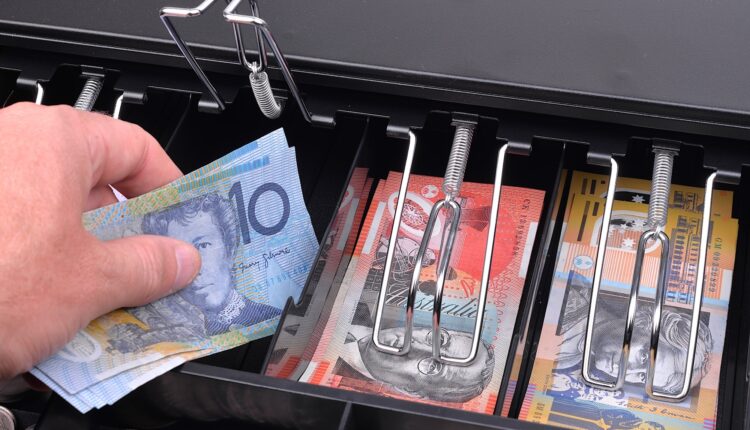How current cost trends are impacting cafés and roasters – BeanScene
Australia’s coffee sector has been continually slugged with rising costs across the board over the past few years. But, with the price of major pressure factors including green beans and interest rates starting to fall, is there some relief coming for the industry?
After reaching a peak of US$4.10 per pound on 28 April, coffee prices have continued a slow downwards trend according to the Intercontinental Exchange (ICE) Futures Market. As of 4 July, prices have bottomed out to a low of US$2.93 per pound, which is the lowest price listed since 3 December 2024.
Although prices still have considerably further to fall to even match the US$1.54 per pound seen in October 2023, a continuation of falling costs stands to benefit the bottom line of Australian coffee roasters and cafés currently being impacted by rising costs across the board.
The slowly falling coffee prices have come at a time when the Australian national minimum wage and minimum award wages have increased by 3.5 per cent at the turn of the new financial year.
The national superannuation rate also increased to 12 per cent from 1 July, with the new percentage applied to all salary and wages paid to eligible workers on or after the start of the new financial year.
For someone working a 38-hour week, the increase to the minimum wage will result in an additional AU$1669.20 per year to an annual wage of AU$49,296, and an overall superannuation increase to AU$5915.52.
KPMG’s Commercial Property Market Update from June 2025 also states retail property vacancy rates around Australia are falling from the 7.9 per cent rate seen in the June quarter 2024, with prime, super prime, and major regional centres all seeing significant increases in demand for retail space, which includes the café sector.
According to data from Creditorwatch, one in 10 hospitality businesses in Australia closed permanently in the 12 months to April 2025, but a reduction in retail vacancies could indicate a reduced number of closures from existing retail – and café – tenancies.
Finally, relief from high interest rates also looks set to offer further benefits to café and roastery owners.
The cash-rate has already been cut twice by the Reserve Bank of Australia (RBA) in 2025, with cuts coming in February and May, while the most recent announcement on 8 July saw the rate hold steady at 3.85 per cent.
The cash rate is the interest rate commercial banks use when borrowing and lending money and is used by the RBA to try and keep inflation to within the target range of two to three per cent.
The four major banks are also predicting further cuts over the course of the year. ANZ and Commonwealth Bank predict a cut to 3.35 per cent in August, while NAB predicts the rate will fall to 3.1 per cent by December. Westpac expects rates to be cut by 3.35 per cent by the end of the year.
A reduction in official interest rate can benefit small businesses in many ways, including improving cash flow, encouraging consumer spending, and making borrowing cheaper.
Source: Bean Scene Mag



